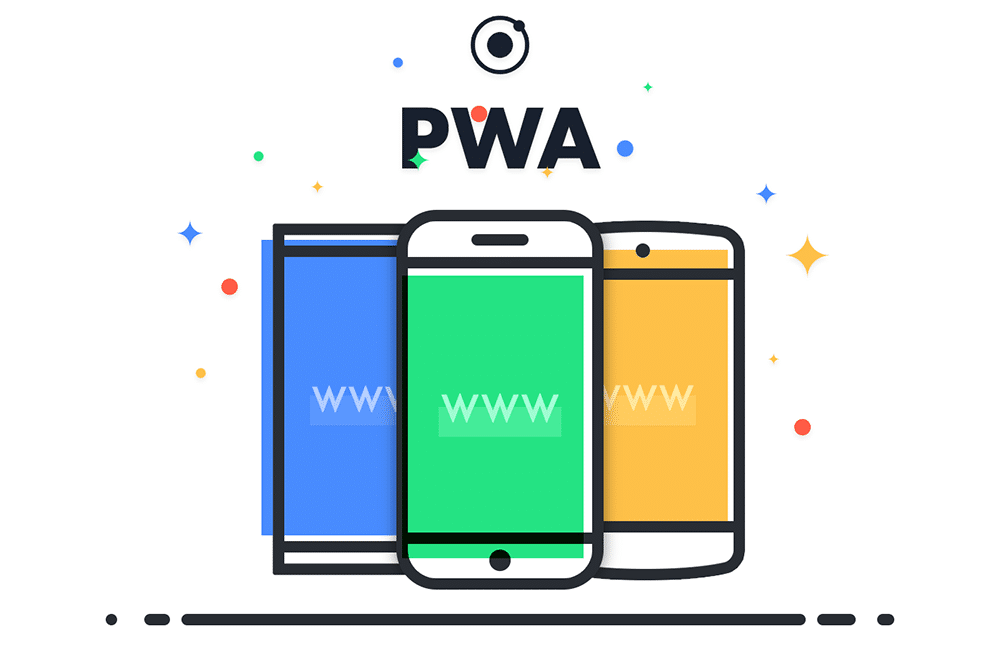What are the key features of PWAs, do they support push notifications, work offline and drain the battery fast?
What are the features of the progressive web app (PWA)?
The features of a progressive web app are:
-It can be installed on the user’s device.
-It can be accessed even when there is no internet connection.
-It has a fast loading time.
-It provides an engaging user experience.
-It can be used offline.
-It is easy to use.
-It is secure.
-It can be updated automatically.
-It is cross-platform.
These are some of the key features of a progressive web app. There may be others depending on the specific needs of the application. PWAs are becoming increasingly popular due to their many benefits, and more businesses are starting to use them as a way to reach their customers.
If you’re considering using a progressive web app for your business, make sure to discuss it with a professional web development team to ensure that it’s the right solution for you. They can help you determine if a PWA is right for your business, and if so, they can help you get started on developing one.

Can PWA mobile app push notifications?
Yes, Progressive Web App (PWA) can send push notifications to users even when they are not actively using the app. This is one of the core features of PWAs that makes them so useful for businesses and organizations.
Push notifications allow businesses to re-engage with their customers and keep them updated on new products, services, or deals. They can also be used to remind customers about appointments or events.
To setup push notifications for a PWA, you will need to register a Service Worker and then use the Push API to send notifications to users. The Service Worker will handle receiving and displaying the notification while the Push API handles sending the notification from your server.
If you’re not familiar with Service Workers, they are a script that runs in the background of your web browser and can be used to do things like cache resources for offline use or receive push notifications.
The Push API is a relatively new API that allows websites to send push notifications to users even when they are not actively using the site. This is an important feature for PWAs because it means that businesses can send timely updates and reminders to their customers without them having to open the app.
To use the Push API, you will need to request permission from the user. Once you have permission, you can then subscribe the user to a push notification service and finally send them notifications using that service.
There are many different push notification services available, but we recommend using Firebase Cloud Messaging (FCM) for its ease of use and support for web, Android, and iOS.
To get started with FCM, you will need to create a Firebase project and then add the FCM SDK to your website. Once you have done this, you can then subscribe users to push notifications and send them messages using the FCM API.
Overall, the Push API and Service Workers are powerful tools that allow businesses to send push notifications to their customers even when they are not actively using the app. This is an important feature for PWAs because it allows businesses to keep their customers updated on new products, services, or deals.
If you’re not familiar with Service Workers or the Push API, we recommend reading our introductory guide to Service Workers. You can also find more information about the Push API in the official documentation.
Do PWA apps drain more battery?
In a word, no. PWA apps don’t drain more battery than traditional apps.
That said, there are some things you can do to make sure your PWA app doesn’t drain your battery unnecessarily. Make sure that your app is using cached data whenever possible, and avoid reloading content or making unnecessary network requests. Also, be sure to optimize your code for efficiency, and use smaller images and fonts where possible.
Overall, though, PWA apps are no more likely to drain your battery than traditional apps. So go ahead and start using them!
How do progressive web apps work offline?
When you add a progressive web app to your device, it will save a cached copy of the app so that it can work offline. This means that if you lose internet connection or there are no network services available, you can still use the app as normal. The cached data is updated every time you connect to the internet, so you always have the latest version of the app.
Progressive web apps are also designed to be fast and responsive, even on slow or unreliable networks. They use smart caching techniques to make sure that only the necessary data is downloaded, so that pages load quickly and efficiently.
Overall, progressive web apps offer a great user experience by providing offline access and faster performance – even on poor connections. This makes them ideal for users in areas with patchy or non-existent internet coverage.
If you’re interested in learning more about progressive web apps, check out our other article: “What is a Progressive Web App?”. Thanks for reading! Contact Leeds Software Development for an in dept knowledge of progressive web apps.
